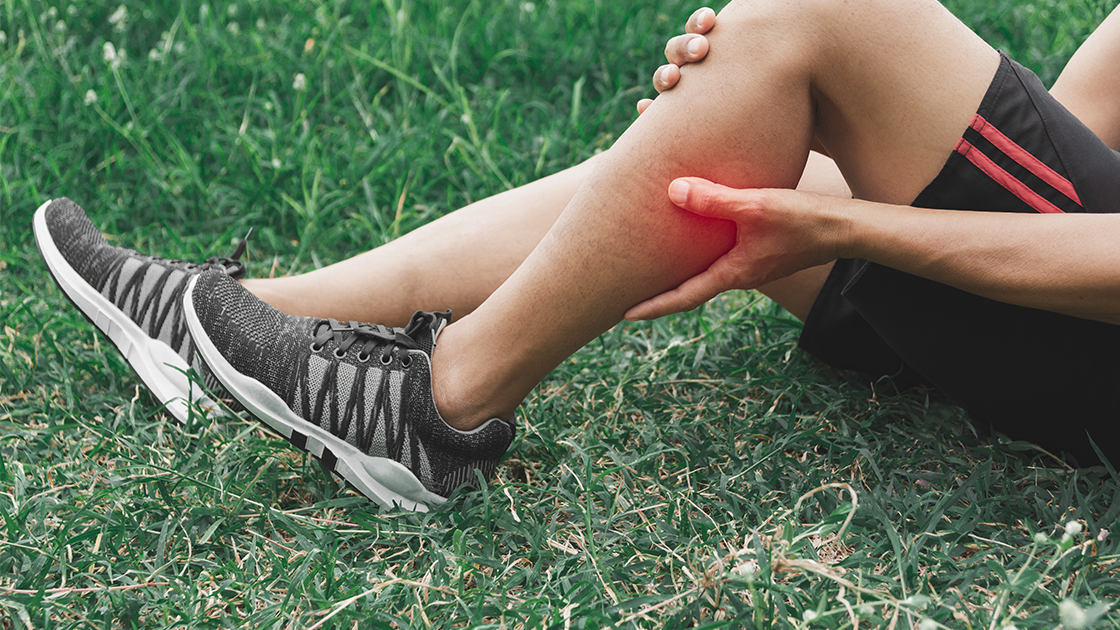Page Contents
Shin splints, a painful condition affecting the lower legs, are a common ailment for athletes, runners, and individuals engaged in high-impact physical activities. The discomfort and limitations that shin splints bring can be disheartening, but there’s good news: laser therapy is emerging as a promising solution. In this passage, we will explore the challenges of shin splints, the potential benefits of laser therapy, and the experience of rediscovering your stride.
What is Shin Splints?
Shin splints, known medically as medial tibial stress syndrome, refer to the pain and inflammation that occur along the inner edge of the tibia (shinbone). They are commonly seen in individuals who engage in repetitive, high-impact activities such as running, jumping, or dancing. Several factors contribute to shin splints, including:
Overuse: Excessive or sudden increases in activity levels can strain the muscles and bones of the lower leg.
Improper Footwear: Wearing ill-fitting or unsupportive shoes can exacerbate the risk of shin splints.
Biomechanical Issues: Abnormalities in the alignment of the feet, legs, or hips can increase the likelihood of shin splints.
Hard Surfaces: Training on hard surfaces like concrete can place more stress on the shins.
Traditional Treatment for Shin Splints
Conventional treatment for shin splints typically involves rest, ice, compression, and elevation (RICE) to alleviate symptoms. It may also include:
Anti-Inflammatory Medications: Over-the-counter pain relievers can help manage pain and inflammation.
Physical Therapy: Stretching and strengthening exercises, along with gait analysis, can address biomechanical issues.
Orthotic Devices: Customized shoe inserts can help correct foot and leg alignment.
Activity Modification: Reducing or modifying activities that exacerbate shin splints is often necessary.
The Promise of Laser Therapy for Shin Splints
Laser therapy, also known as low-level laser therapy (LLLT) or cold laser therapy, offers an innovative approach to managing shin splints. Here’s why it’s gaining recognition:
Non-Invasive: Laser therapy is non-invasive, meaning it doesn’t require surgical procedures or incisions. This makes it an attractive option for individuals seeking relief without surgery.
Pain Reduction: Laser therapy targets inflammation. It does so by promoting the release of endorphins. Endorphins are the body’s natural pain relievers.
Faster Healing: By stimulating the body’s natural healing processes, laser therapy can accelerate tissue repair and reduce the recovery time associated with shin splints.
Inflammation Reduction: Laser therapy can reduce inflammation in the affected area, which is a significant factor in shin splint discomfort.
Improved Blood Flow: Laser therapy can enhance blood flow, facilitating the delivery of essential nutrients and oxygen to the injured tissue.
Customized Treatment: Healthcare providers can precisely tailor laser therapy. They can do so to target the specific area affected by shin splints.
Rediscover Your Stride with Laser Therapy
For individuals who have been sidelined by the pain and limitations of shin splints, laser therapy offers a promising path to recovery. To further understand the potential of laser therapy, consulting with a healthcare provider or physical therapist is recommended. This innovative approach not only provides pain relief but also accelerates the healing process. Ultimately, it allows you to return to the activities you enjoy. Bid farewell to the frustration of shin splints and embrace the revitalized sense of self that comes with pain-free movement and the rediscovery of your stride.
